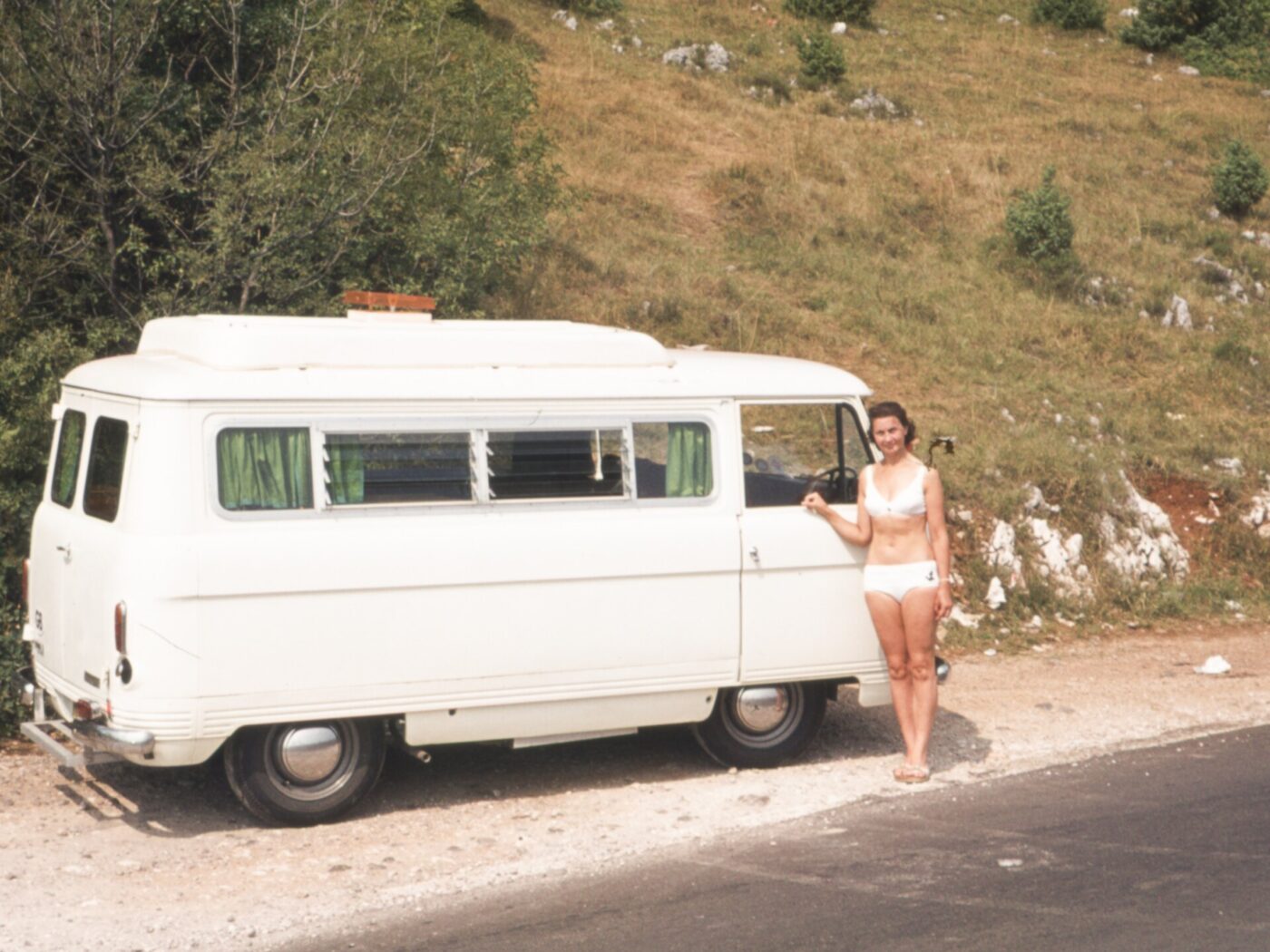Every summer, Italians (most of us at least) are united in doing one thing and one thing only: going on a seaside holiday. As schools close and work slows down, we pack our suitcases with dresses and shorts, flip flops and sandals, and hit the road—usually the A3 or A1—to trade city life for coastal charm.
Sometimes we’re only away for a week, to explore snail-paced villages or sleepy islands we’ve never been to before. Most times, though, our sojourn is a little longer, the bags a little heavier, and the place we go to one we’ve known since we were children—this is what we call villeggiatura.
“Villeggiare”, meaning “resting in pleasant places”, was a rite most wealthy ancient Romans abided by come summertime, when they left the sweltering capital for breezier landscapes, be them in the countryside or along the coast, to practice otium (idleness) and rest. (Emperor Hadrian was perhaps the biggest fan of this idea, as his magnificent residence in Tivoli, Villa Adriana, attests.)
Carlo Goldoni wrote about it in 1761 with his Trilogia della Villeggiatura, a set of three satirical plays about two northern Italian families and their respective entourages preparing for a fashionable stay in the country. The families forsake all their cherished precepts of bourgeois prudence and parsimony in the process.
Just 62 years later, in 1823, the first stabilimento balneare, Bagno Dori, opened in Viareggio as a women-only beach club. It was followed by the mixed-sex Bagno Nettuno, also in Viareggio, in 1824.
A century on, during the early days of fascism, the regime, ever so eager to control the lives of its people, would set up special trains at highly affordable prices to take families on day trips to seaside resorts and encourage them to have hydrotherapy sessions. Villaggiatura it was not, but a first glimpse of what an Italian summer could look like.
It was only in the second half of the 20th century that villeggiatura really became as ubiquitous as aperitivo in our collective minds and on our summer calendars—not just as an elite activity or a one-day event, but something everyone could aspire to.

The post-WWII industrialization boom that swept the country had much to do with it: as people became more financially secure thanks to their factory jobs—but also worked more as a result—the modern idea of vacation as an extended period of unbridled free time began taking shape, and, with it, the routine of going in villeggiatura.
In the 1950s, that meant a three- to four-day break spent away from your usual residence. By 1966, two years after the Autostrada del Sole (the A1) officially opened, the average duration had lengthened, as had the distances people would travel to the likes of the Riviera Romagnola, the Amalfi Coast, and Versilia. Then, in the summer of ‘67, as the number of vacation days was increased, villeggiatura evolved into its next iteration: a month-long hiatus, best spent in a second family home, passed down or bought especially for the hottest months of the year. In a heat described as unbreathable, cities emptied and the word “exodus” appeared in large fonts across newspapers. It would be the first mention of many more to come.
Now, the great escape happens in August, when companies close, though the lucky ones–stay-at-home moms, retirees, children, anyone who follows the school calendar–indulge in their villeggiatura from June to September.
For their stay, they pack half their city homes and parasols for the beach, ice coolers filled with Cinzano Soda and Chinotto, and hopes of sunny days and a summer to remember. Kids make amici del mare over sandcastles, teenagers immerse themselves in summer flings, adults unplug from their daily grind over a game of Scopa or a passeggiata for gelato after dinner.
Every year, the cycle repeats (as Piero Focaccia sings in “Stessa spiaggia, stesso mare”), and more generations fall hard for this extended vacation that’s so uniquely Italian–so familiar, yet never boring.
I write from personal experience. For most of her childhood and early teens, my mom had her villeggiatura in Fregene, where my grandparents would rent a house from July to August. For me, it was San Felice Circeo, where I went through the same rites of passage she did, one summer after the other. I wouldn’t be surprised if I were to continue that same tradition of villeggiatura once I have a family of my own.
Pop culture, too, has built a whole repertoire around it. Songs like Edoardo Vianello’s “Pinne fucile ed occhiali”, Gino Paoli’s “Sapore di Sale”, Giuni Russo’s “Un’Estate al Mare” are the villeggiatura soundtrack for too many of us to count, as are the classic tormentoni (summer hits) that drop every June and play on loop on our radios.
On the screen, the Italian summer in all its facets—the deserted cities, the annoying next-door neighbors of our villeggiatura homes, the light-heartedness of its long, sultry nights and the melancholy that comes with the end of it—has been captured time and again, from Nanni Moretti’s Caro Diario to Paolo Virzì’s Ferie d’Agosto and Carlo Vanzina’s Sapore di Mare.
While diverse in reach and scope, all these works, both musical and visual, share one common trait: they encapsulate the ephemerality of villeggiatura—the sense that these idyllic, carefree times are merely temporary postponements of responsibility. In Italy, real life is put on pause until September.






